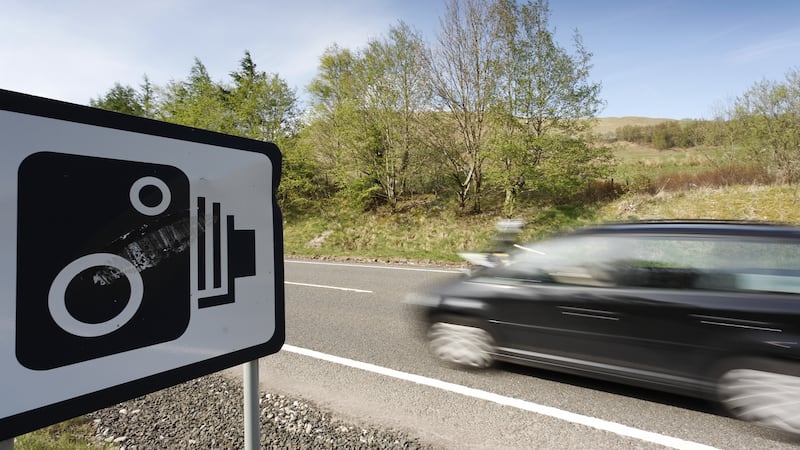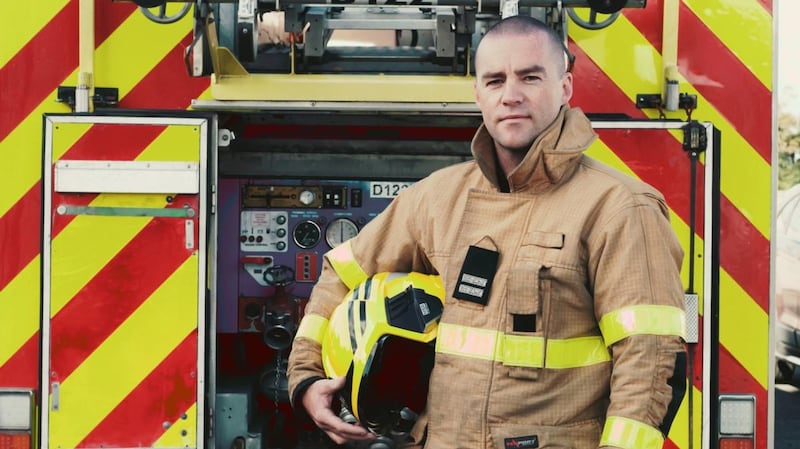The number of people killed on Ireland’s roads over the past year looks set to be similar to the number who died in 2017.
As of midday on Friday, 149 people had died this year, compared with 157 for all of 2017. With four days left in 2018, statistics for previous years suggest at least a further two people will die between now and New Year's Day, leading to a possible total for 2018 of 151 people killed.
However, the Christmas/New Year holiday period remains one of the most dangerous for road crashes and Sunday and Monday, this year's 30th and 31st, are the most dangerous days of the week for fatalities – a fact well known to emergency first responders.
Research by the Road Safety Authority (RSA) on fatalities between 2008 and 2016 shows an average of 16 people died each November and December – close to one person every two days.
Taking Friday, December 21st as the start of the Christmas holidays, four people have been killed – a car driver, two car passengers and a pedestrian – in four separate incidents in Louth, Meath, Laois and Longford.
While the circumstances of each crash are still being investigated by An Garda Síochána, the RSA research revealed contributory factors in the incidents that were examined in that study.

In 38 per cent of fatal crashes, alcohol was a factor (the highest contributing cause); speed was a factor in 33 per cent of the crashes; dangerous driver behaviour was a factor in 31 per cent; drugs in 12 per cent; and dark clothing, or other factor militating against clear visibility of a pedestrian, contributed in 9 per cent of the crashes.
Most dangerous places
The most dangerous places (in terms of the highest number of fatalities) were Dublin, Cork and Galway – reflecting population density more than anything else – with 32 per cent of road deaths taking place in these cities and counties.
The most dangerous days are Sunday and Monday – the early hours of Sunday seeming to reflect Saturday night behaviour; and Monday mornings related, perhaps, to a mixture of the effects of weekend activities and also increased traffic volumes with some people moving longer distances to work than others and staying there for the remainder of the week.
For the people who have to deal with the consequences of road crashes, this is not a time of joy when it comes to their work, because there is no seasonal let-up for emergency first responders.
While gardaí will be among the early arrivals at almost every road crash (and often the last to leave as forensic scene-of-incident examiners gather evidence as to what happened), members of the Health Service Executive’s motorcycle response unit (MRU) are frequently there first on the scene in the Leinster region.

The unit is based in Inchicore, Dublin (another is being trained for deployment in Cork), and has four paramedics who ride BMW R1200 RT touring motorbikes. Each machine is equipped with a lot of medical equipment, including a defibrillator, adult and neonatal resuscitation devices, a maternity kit, oxygen, burns and trauma kits to help dull pain and stanch bleeding.
People are going out with kids to buy presents and visit relatives, they're stressed, they're on the mobile phone – there's bound to be accidents
The aim of the MRU is to provide an easy-to-deploy, rapid-response vehicle that can get a well-equipped paramedic to the scene of a crash to stabilise a victim ahead of the arrival of an ambulance.
"We are going to get there five minutes before the ambulance if both left [their depot] at the same time," says Tony Kelly, paramedic supervisor of the Inchicore MRU.
“We’re the first response. If there’s a crash on the M50, we respond and if there’s heavy traffic, we’ll be there first on the bike. We can deal with patients before the ambulance comes or stand them down if they’re not necessary.”
Kelly has 42 years’ experience as a paramedic – 40 with the ambulance service and 20 of those on a motorbike. This time of year is busy.
“The volume of traffic over Christmas and the New Year is much higher,” he says. “People are going out with kids to buy presents and visit relatives, they’re stressed, they’re on the mobile phone – there’s bound to be accidents.”
Safe space
The safe space around a crash within which first responders deal with the situation is provided by the Fire Service, whose staff are also paramedics.
Darren O'Connor, a sub-officer with the Dublin Fire Brigade and attached normally to Tara Street station and with 13 years' experience, agrees with Kelly: everyone is a bit hyper at Christmas and inappropriate presents can lead to tragedy.
“It can be mental,” he says, “quad bikes and motorbikes – young kids’ first time out on them and, bang! I went to an incident two years ago where two motorbikes collided and a teenager was killed.”
Homes are also under greater stress at this time of the year with high levels of occupancy and high consumption of electricity. Any extra strain on a vulnerable system can easily lead to fires.
It has already been a busy year: at current rates, Dublin Fire Brigade is set for some 30,000 call-outs for 2018, and the fire brigade-linked ambulance service will record about 122,000 mobilisations for 2018.
“New Year’s Eve, for the ambulance and fire services, would definitely be the busiest night of the year,” says O’Connor.
Both men acknowledge the emotional impact on them of what they see when dealing with road carnage and of the value of talking to colleagues afterwards and availing of stress-management counselling.
O’Connor remembers the Christmas morning aftermath of the teenager motorbike death.
“We were all heading home to our families but I saw the devastation on the road and the guards were putting up their cordon and the forensic people had to come and do their bit . . . Christmas morning,” he says.
Tony Kelly has many times left a crash or hospital scene, on the way out passing relatives who are about to get the worst news imaginable.
“They’re going to be told: ‘Your daughter’s dead’; or ‘Your son’s crippled’ and sometimes you can actually hear their screams and that gets to me,” he says.















